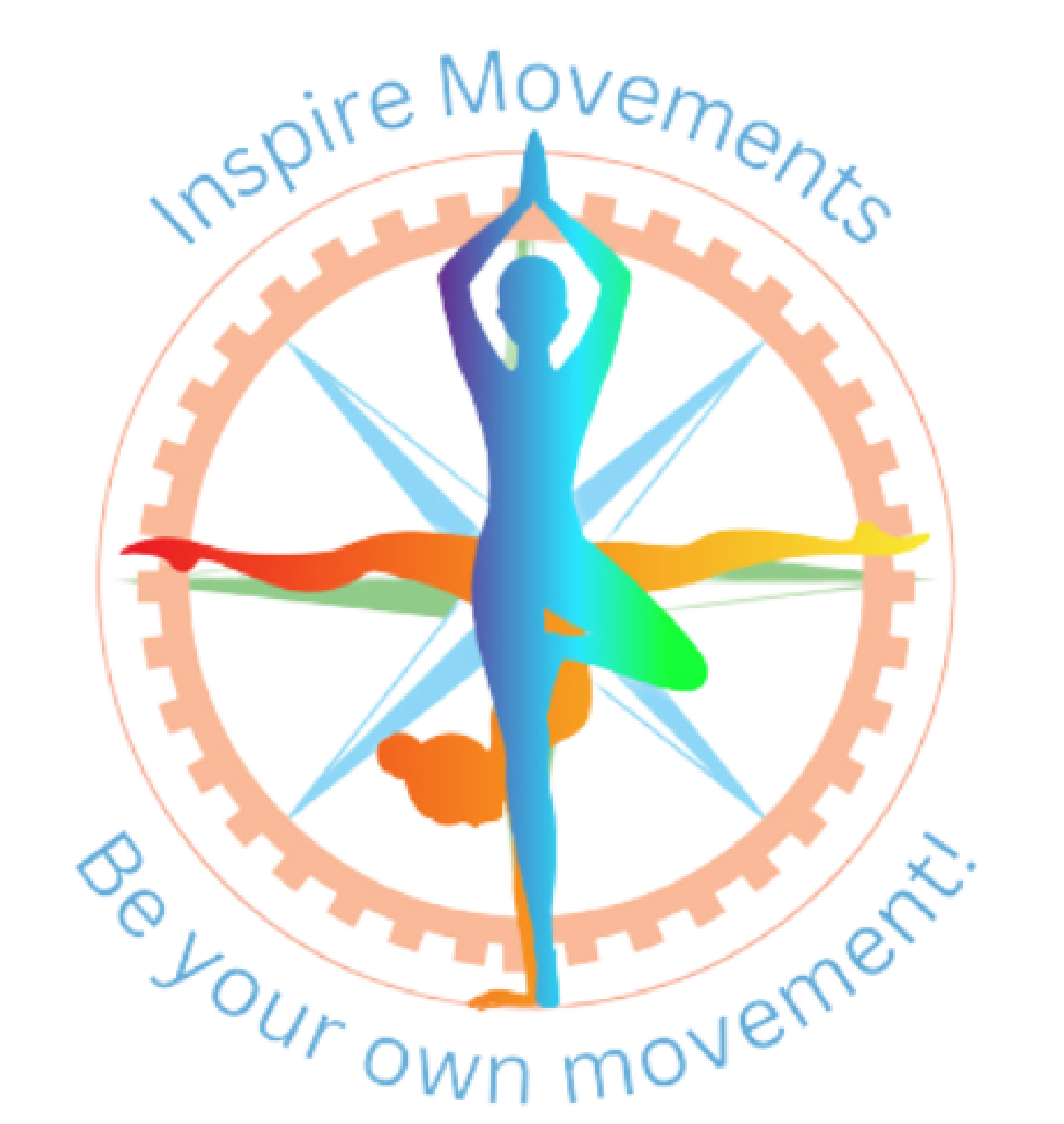Finding Relief from Low Back Pain Through Massage Therapy
Low back pain is a common ailment that affects millions of people worldwide. It can result from various factors, including muscle strain, poor posture, sedentary lifestyles, or underlying medical conditions. While there are numerous treatment options available, many individuals turn to massage therapy as a natural and often effective method for alleviating discomfort. In this blog, we will explore how massage therapy can provide relief from low back pain and the science behind its benefits.
Understanding Low Back Pain
Low back pain can manifest in different ways, ranging from a dull ache to acute pain that can impede daily activities. According to the World Health Organization (WHO), low back pain is one of the leading causes of disability globally, affecting people of all ages. The complexity of low back pain often means that a multi-faceted approach to treatment is required, and massage therapy is increasingly recognized as a valuable component of this approach (WHO, 2020).
How Massage Therapy Helps
1. Muscle Relaxation and Tension Relief

One of the primary benefits of massage therapy is its ability to relax tight muscles. Techniques such as Swedish massage or deep tissue massage can help alleviate muscle tension in the lower back, promoting blood flow and reducing pain. A study published in the Journal of Physical Therapy Science found that massage therapy significantly reduces muscle tension and improves flexibility, which can be particularly beneficial for individuals suffering from low back pain (Lee et al., 2017).
2. Improved Circulation
Massage stimulates blood flow to the affected area, which can promote healing and reduce inflammation. Increased circulation can help deliver essential nutrients to the muscles and tissues in the lower back, aiding in recovery. Research published in the International Journal of Therapeutic Massage and Bodywork indicates that massage therapy can enhance circulation and contribute to pain relief (Moyer et al., 2011).
3. Stress Reduction and Pain Management
Chronic pain is often compounded by stress and anxiety. Massage therapy is well-known for its relaxation effects, which can help reduce stress hormones and promote a sense of well-being. A systematic review in the Journal of Clinical Psychology found that massage therapy can significantly decrease anxiety and improve mood, which can indirectly help manage pain levels (Field, 2010).
4. Enhanced Range of Motion
Regular massage therapy can improve flexibility and range of motion in the lower back, which is crucial for preventing future injuries. A study in the Journal of Orthopaedic & Sports Physical Therapy highlighted that massage therapy could enhance functional mobility in patients with chronic low back pain (Cummings & Kinnick, 2009).
Types of Massage for Low Back Pain Relief
Several massage techniques can be particularly effective for low back pain:
- Swedish Massage: Focuses on relaxation and increasing blood flow.
- Deep Tissue Massage: Targets deeper layers of muscle and connective tissue to relieve chronic tension.
- Trigger Point Therapy: Addresses specific points of tightness in muscles that may refer pain to other areas.
- Myofascial Release: Focuses on releasing tension in the fascia, the connective tissue surrounding muscles.
Massage therapy can be a powerful tool in the management and relief of low back pain. By promoting relaxation, improving circulation, and enhancing overall well-being, massage can help individuals reclaim their quality of life. However, it’s essential to consult with a healthcare professional to ensure that massage therapy is appropriate for your specific condition and to determine the best approach for your needs.
References
- World Health Organization (WHO). (2020). “Low back pain.”
- WHO.org
- Lee, J. H., Lee, J. S., & Choi, T. Y. (2017). “The Effect of Massage Therapy on Muscle Tension and Function of the Lower Back.” Journal of Physical Therapy Science, 29(1), 57-61. doi:10.1589/jpts.29.57
- Moyer, C. A., Rounds, J., & Hannum, J. W. (2011). “A Meta-Analysis of Massage Therapy Research.” International Journal of Therapeutic Massage and Bodywork, 4(1), 2-12. doi:10.3822/ijtmb.v4i1.82
- Field, T. (2010). “Massage therapy for children and adolescents: A review.” Journal of Clinical Psychology, 66(8), 607-618. doi:10.1002/jclp.20725
- Cummings, T. M., & Kinnick, K. (2009). “The Effect of Massage Therapy on Pain and Disability in Adults with Chronic Low Back Pain: A Systematic Review.” Journal of Orthopaedic & Sports Physical Therapy, 39(2), 92-99. doi:10.2519/jospt.2009.2976
